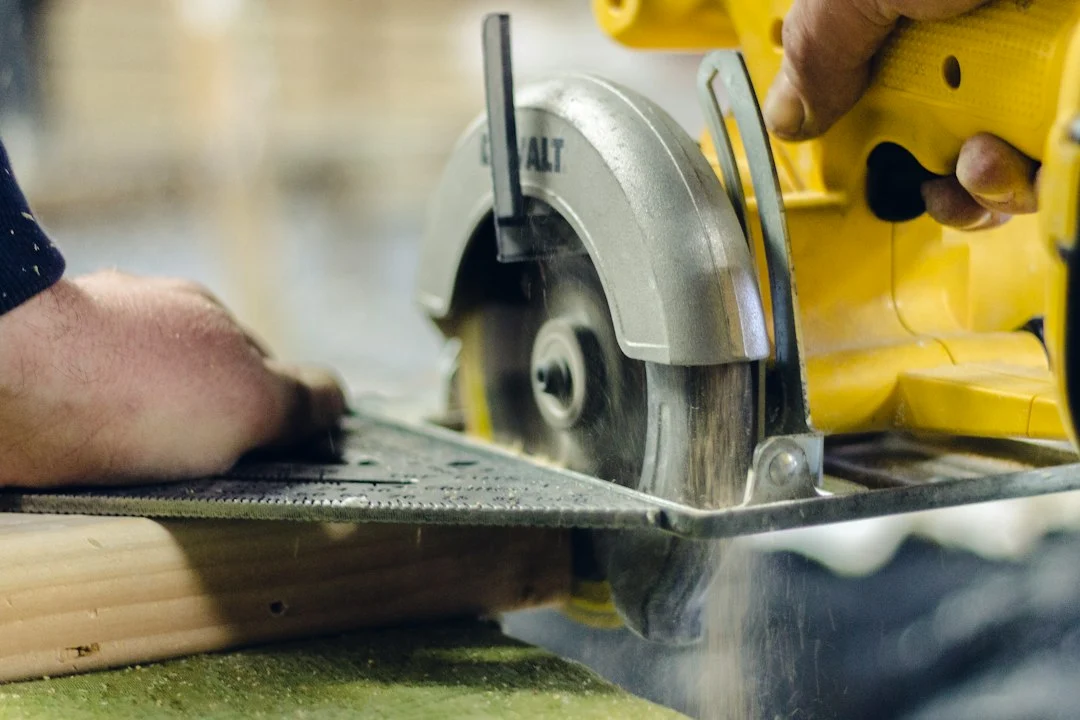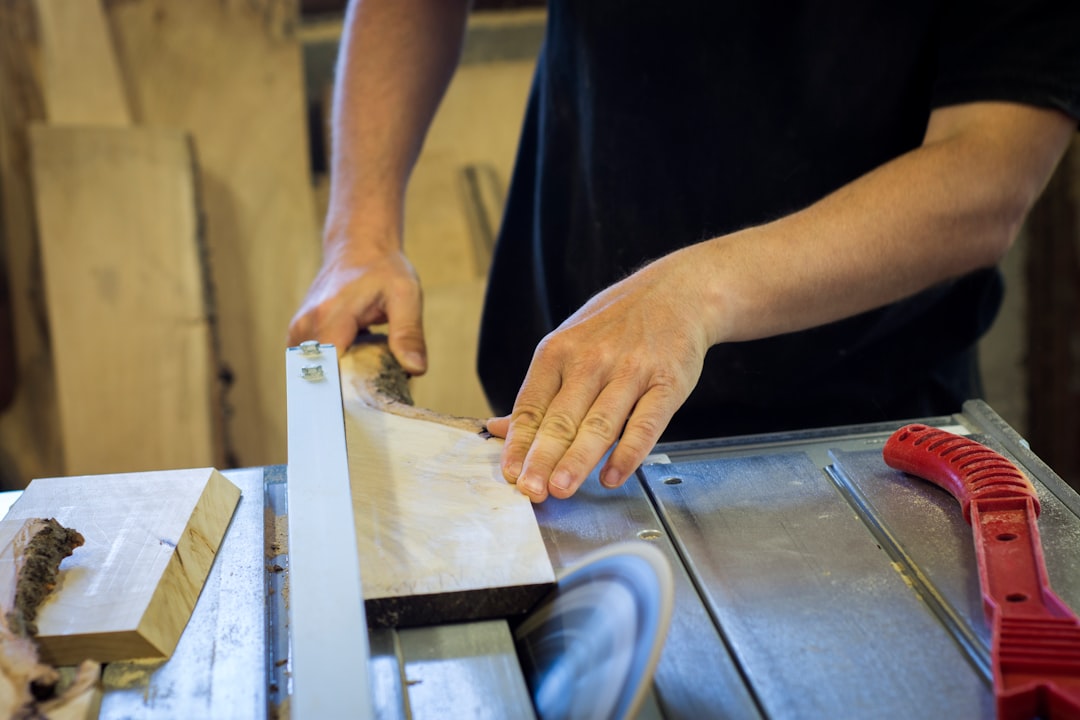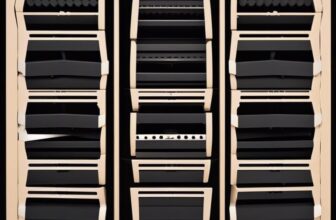Choosing the Right Circular Saw Size: A Comprehensive Guide.
Discover how to choose the right circular saw size for your DIY or professional projects, considering factors like material, portability, and safety.
Understanding Circular Saw Sizes and Their Applications
Circular saws are indispensable tools for both DIY enthusiasts and professional contractors, providing the ability to make precise cuts through various materials, including wood, metal, and masonry. This article aims to guide readers in choosing the right circular saw size, helping to ensure that their projects are completed efficiently and effectively. The versatility of circular saws allows them to perform both straight and bevel cuts, which enhances their usability for a range of tasks. Key features that differentiate saws include motor power, weight, and ease of adjustment, all of which play a significant role in determining how well a saw performs for specific applications.
When considering the type of project, it’s essential to recognise that different sizes of circular saws serve different purposes. For example, a 7-1/4-inch circular saw is often regarded as the most versatile, suitable for a variety of cutting tasks and material thicknesses. This adaptability makes it a great choice for both beginners and experienced users alike. Furthermore, features such as adjustable blade guards enhance safety and visibility, making the circular saw a reliable tool in any workshop.
Common Sizes of Circular Saws
The most commonly available circular saw sizes are 4.5-inch, 6.5-inch, and 7.25-inch, with the latter being the most versatile for various tasks. Smaller saws, such as the 5.5-inch models, are ideal for quick cuts on lighter materials, while larger sizes like the 7.25-inch saws are better suited for deeper cuts and heavier materials, making them popular among professionals. For instance, a 7.25-inch circular saw can easily handle cutting through multiple sheets of plywood in a single pass, which is crucial for construction and framing work.
Professional-grade circular saws typically start at 7.25 inches, allowing users to cut through materials that are over 3 inches thick. The 6.5-inch saw, on the other hand, is often recommended for those who seek a balance between power and portability, making it an excellent choice for home projects or on-site tasks. Each size comes with its own set of advantages, and understanding these can help users make informed decisions based on their specific needs.

Factors to Consider When Choosing a Circular Saw Size
When determining the best size for a circular saw, several factors come into play. The type of project significantly influences the size choice; larger saws are generally more effective for construction and framing, while smaller saws are particularly well-suited for home projects and quick fixes. Additionally, the thickness of the materials being cut is crucial; for instance, to achieve full-depth cuts in thicker materials like plywood, a 7.25-inch blade is often recommended.
Portability is another important aspect. Smaller saws are typically lighter and easier to handle, making them ideal for transporting to job sites or manoeuvring in tight spaces. Furthermore, the weight of the saw can affect user fatigue; lighter options are more manageable over extended periods, which is a vital consideration for users who may be engaging in long cutting sessions. Budget also plays a role, as smaller saws are generally more affordable, whereas larger, professional models can be significantly pricier.
The Importance of Circular Saw Size
Blade size directly affects the cutting depth of a circular saw, with larger blades allowing for deeper cuts into various materials. For example, a 7.25-inch circular saw is not only more versatile in terms of the types of cuts it can make but also has a wider selection of specialty blades that are often more cost-effective compared to smaller sizes. Investing in a high-quality carbide-tipped blade can enhance performance and longevity, especially when used with larger saws.
Additionally, ensuring blade compatibility is crucial; users must confirm that their saw can accommodate the desired blade size for the tasks at hand. The type of teeth on the blade also impacts the finish quality; for cleaner cuts, opting for a blade with more teeth is advisable. This attention to detail can significantly influence the overall quality of the work produced.
Recommendations for Beginners vs. Professionals
For beginners, a 6.5-inch or 7.25-inch circular saw is often recommended due to its versatility and ease of use across various projects. These sizes strike a good balance, allowing new users to learn and develop their skills while still being powerful enough for a range of tasks. Additionally, features such as electric brakes and built-in lights can enhance safety and visibility, making them particularly beneficial for novice users.
On the other hand, professionals typically prefer a 7.25-inch saw for its power and efficiency in handling heavy-duty tasks. Corded models are ideal for sustained power during long projects, while cordless models offer portability, which is advantageous for on-site work. Professionals should also consider higher amperage ratings for better performance during demanding tasks, ensuring that the saw can handle rigorous use without compromising efficiency.
 Safety Tips When Using a Circular Saw
Safety Tips When Using a Circular Saw
Utilising a circular saw safely is paramount. Always wear safety precautions to protect your eyes from flying debris during cuts. Before starting any cut, ensure that the blade depth is correctly set to prevent kickback, which can lead to serious injuries. Familiarising yourself with the saw’s features, such as electric brakes and laser guides, can enhance both safety and accuracy during operation.
Using clamps to secure the material being cut is highly recommended to prevent movement, ensuring precision and stability. Furthermore, maintaining a proper stance and grip on the saw enhances control and reduces the risk of accidents. These practices are essential for creating a safe working environment and ensuring successful cutting tasks.
Summary of Key Considerations for Circular Saw Size
Selecting the right circular saw size is vital for the efficiency and effectiveness of any project. By considering the outlined factors and recommendations, readers can make informed decisions when purchasing a circular saw that best suits their needs. Investing in a quality saw not only enhances efficiency but also improves safety during various cutting tasks. Ultimately, the right circular saw can significantly impact the quality of work and overall satisfaction with completed projects.






